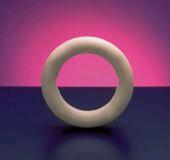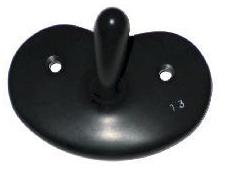 |

Street Address: Mater Misericordiae Hospital, |
|
| Vaginal Pessaries
In the Urogynaecology clinic we use either the Ring Pessary or Shelf Pessary.   Pessaries need to be individually fitted and you may need to try a few different sizes before you find one that is comfortable and stays in place. During the fitting your doctor will insert the pessary and then get you up to walk around, sit, cough and strain to test that it stays in place and does not cause pain or discomfort. Once the correct size has been fitted you will be sent home with a follow up appointment in 1mth to check if the pessary is working or causing you problems. After this appointment you will be seen every 3 to 9 mths as the pessary to be needs to be changed, vaginal tissue needs to be checked to ensure no ulcers or irritation has occurred. This is also an ideal time to talk to your doctor about any changes you've noticed or a different treatment option entirely. Some pessaries may interfere with sexual intercourse. The ring pessary can be left in place during sex if it is comfortable for you. Other pessaries may literally get in the way and make intercourse very uncomfortable - this will be taken into consideration when your pessary type is chosen. If you would like the option of being able to remove and reinsert your pessary between scheduled visits, talk to the doctor. They may be able to teach you how to do this yourself at home. It will take a bit of practice to place it correctly but if you feel comfortable doing this, it is an option. Contact your doctor if any of the following happen
|